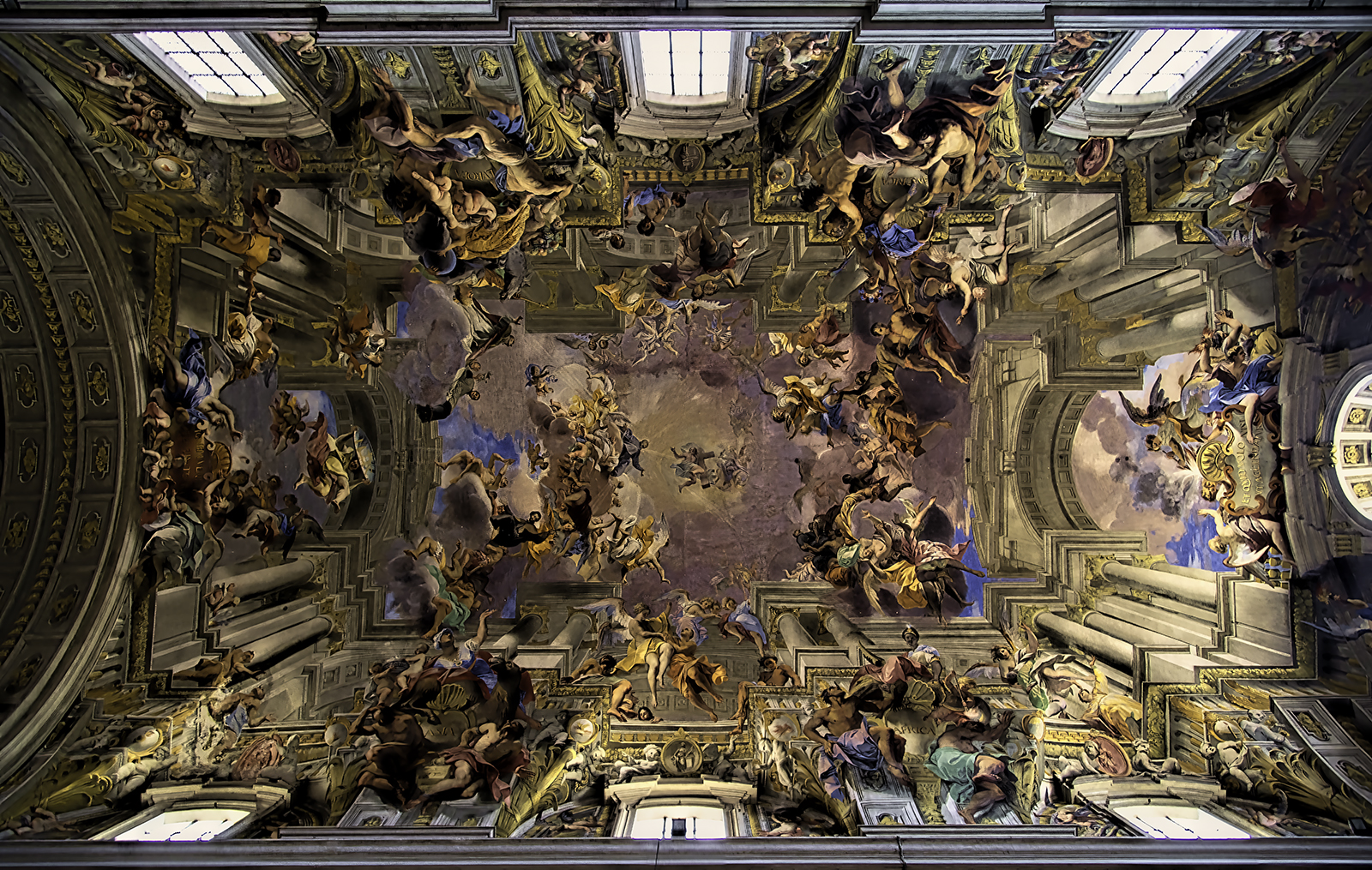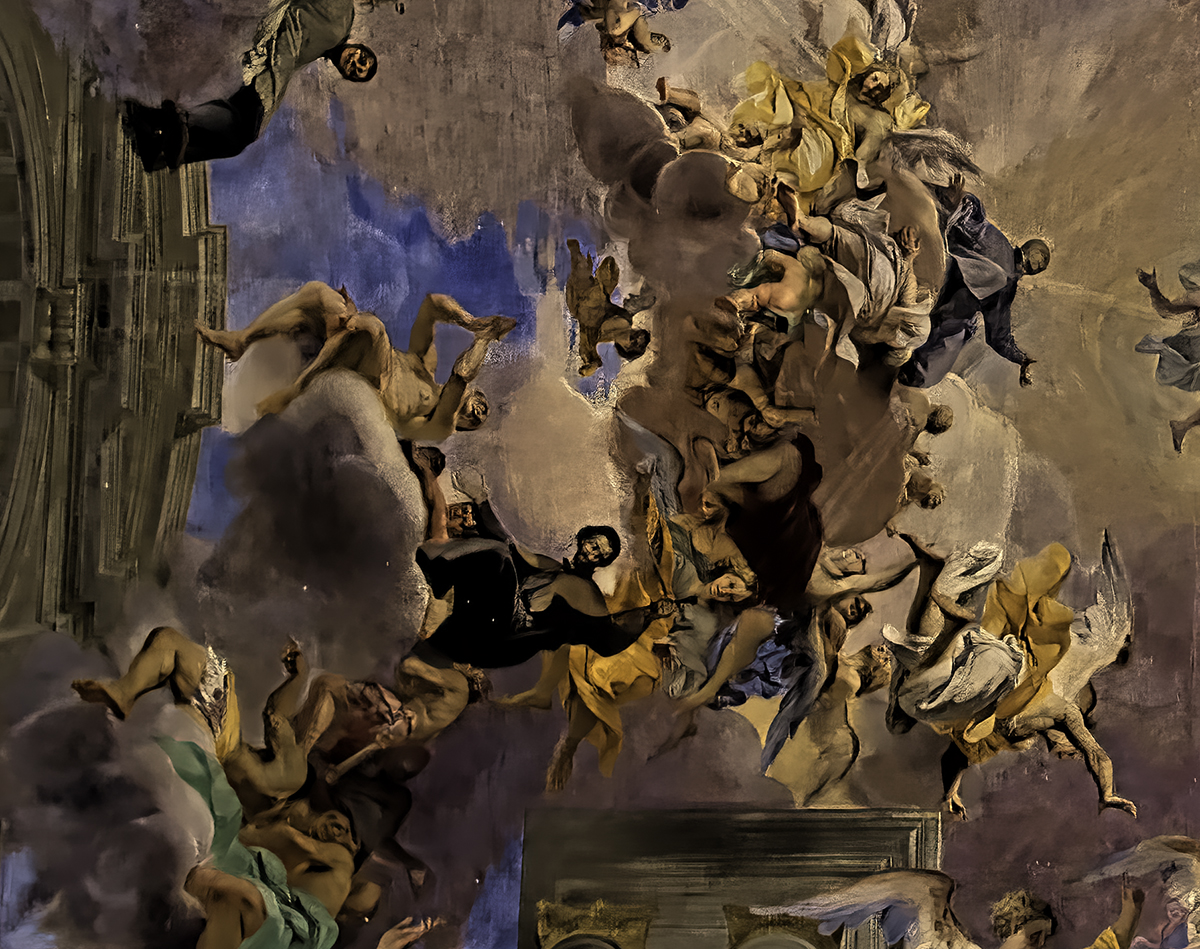Yoda-Speak
Can you discover the depths of God? Can you discover the limits of the Almighty? They are as high as the heavens; what can you do? Deeper than Sheol; what can you know? Job 11:7-8 NASB
Depths of God – First, let’s put the emphasis in the right place. To do that, we need to read Hebrew like Yoda speaks in Star Wars. Then we have: “Depths of God, discover can you?” What matters here is not your ability or lack of ability. What matters is ha-ḥēqer ʾělôah. You’ll recognize the second word, or course, from elohim, but the first word probably isn’t familiar. It’s from the verb ḥāqar, meaning “to search, to investigate, to determine.” The derivative, meḥqār, gives us the picture. It means a place to be explored. However, this isn’t a trip to the mall to look for new clothes. “It can refer to initial phases of a search or the end result, but always connotes a diligent, difficult probing.”[1] This is your first trip to the North Pole, your adventure spelunking, your first sky dive, your exploration of the Amazon, your experience the first time you went to the Kotel. Of course, it’s not a one-time event. Every day can be a ḥāqar. You just have to look harder.
That’s why I love photography. It’s not just the shapes, the colors, the mystery of the image. It’s seeing something that isn’t obvious. It’s looking deeper. It’s discovering what’s right in front of you, but you never noticed. For example, go to Rome. Visit Chiesa di Sant’ Ignazio di Loyola. The amazing ceiling, painted by one man (Pozzo) on a flat surface, is overwhelming. In fact, it’s so overwhelming that there’s a mirror standing on the floor, so you don’t strain your neck looking up. This is what you’ll see.

But look harder. In that painting is another man, not just Ignazio. It’s Francis Xavier, leading the souls from Asia into heaven.

Right in front of you (or in this case, above you) is another story in the same painting.
That’s the way the Bible works. Inside one thing is another, and another, and another. Down and down you go—or up and up and up. “Depths of God, now discover you cannot,” Higher than the heavens, deeper than She’ol. But that doesn’t mean you shouldn’t keep looking. Maybe you’ll be the one who discovers a new story inside the old story.
Topical Index: depths, ḥāqar, explore, Job 11:7-8
[1] Wolf, H. (1999). 729 חָקַר. R. L. Harris, G. L. Archer Jr., & B. K. Waltke (Eds.), Theological Wordbook of the Old Testament (electronic ed., p. 318). Chicago: Moody Press.




Question with this post. I recently read a book that was about the stars constellation pre zodiac (Windows of heaven – how to tell time by the stars by talmage wilson). The case that is developed in the book essentially is that Hebrews told time by the stars and in fact the bible story itself can be seen in the stars. I don’t want to quote directly from the book but a few examples might be: leo = lion, libra = judge, there is a flock of sheep, there is a Shepard that guides flock of sheep.,there is Aires = ram (or lamb ) (which I believe passover happens when Aries is highest). pisces = fish. I’m sure you are starting to get the point. A lot of references in the bible could be referring to the stars or star stories. At the least there is a correlation.
So the argument is then made, you can follow the bible story(s) in the stars. How does one navigate this? Ultimately my question is, was the Bible a book about the stars or a way to live life? Personally my conclusion is that its a collection of stories of when God interacted with human beings. However, what does one do with another, ‘story’ or layer to the Bible. How do you have multiple ‘things” going at once and navigate the meaning of the text. OR another question, how do I know what the intention of the story was. Is it really a bunch of stories that are just telling time by the sky? Or is it what I believe it is, a collection of stories about man and God that are real, or something close to real what ever that is.
I knew Talmage Wilson quite well, as he was my favorite professor as an undergrad. In fact, that little book was originally part of our discussions. He made a good case for the message written in the heavens. It depends, of course, on cultures that viewed the heavens in connection with divinity, something the West abandoned after Kepler. But like all physical evidence, you need the paradigm to see it. So if I have a God who creates and wants to communicate, then I can find the evidence. If I have a “Big Bang” view, I won’t see it. Paradigms are the key, not the stars or the text.